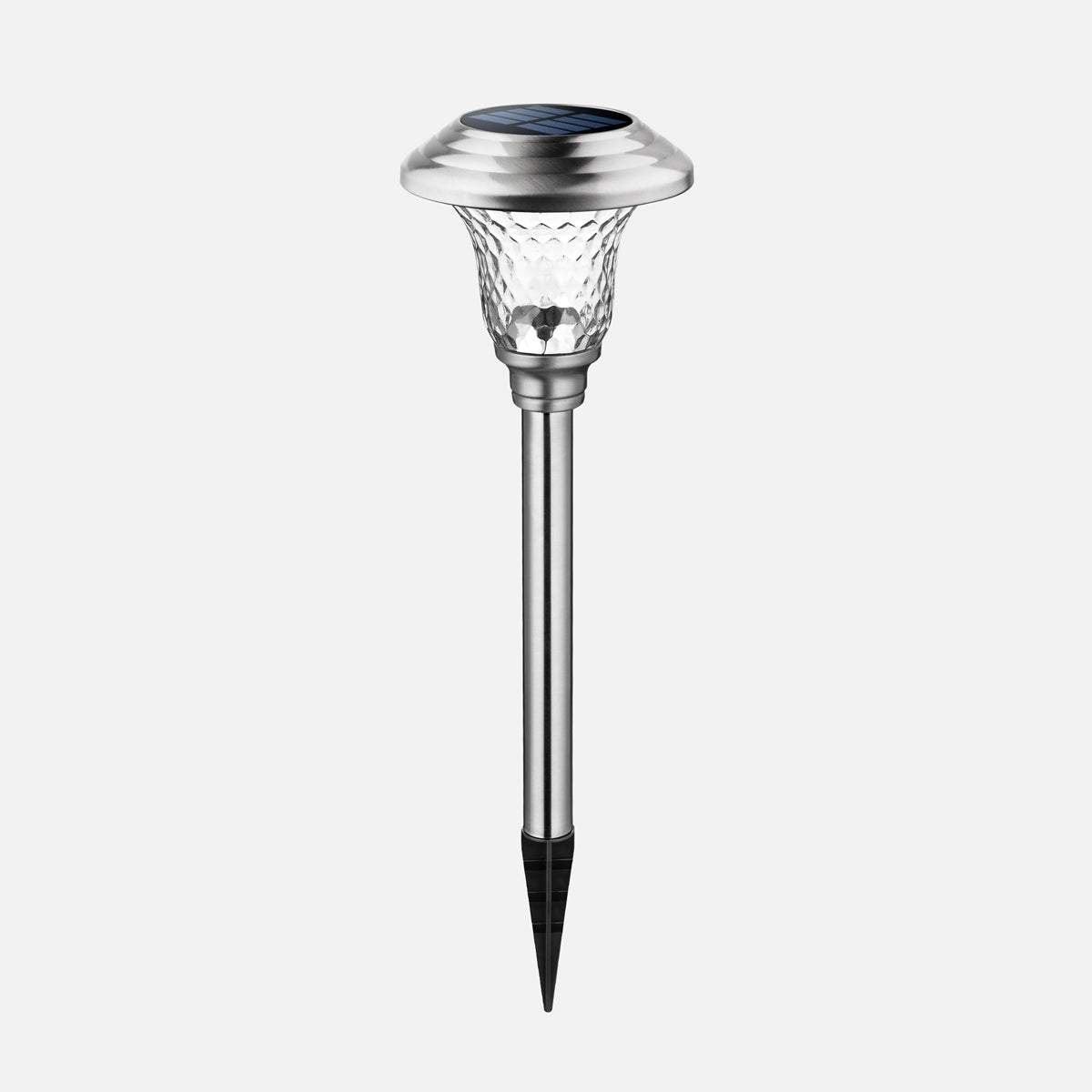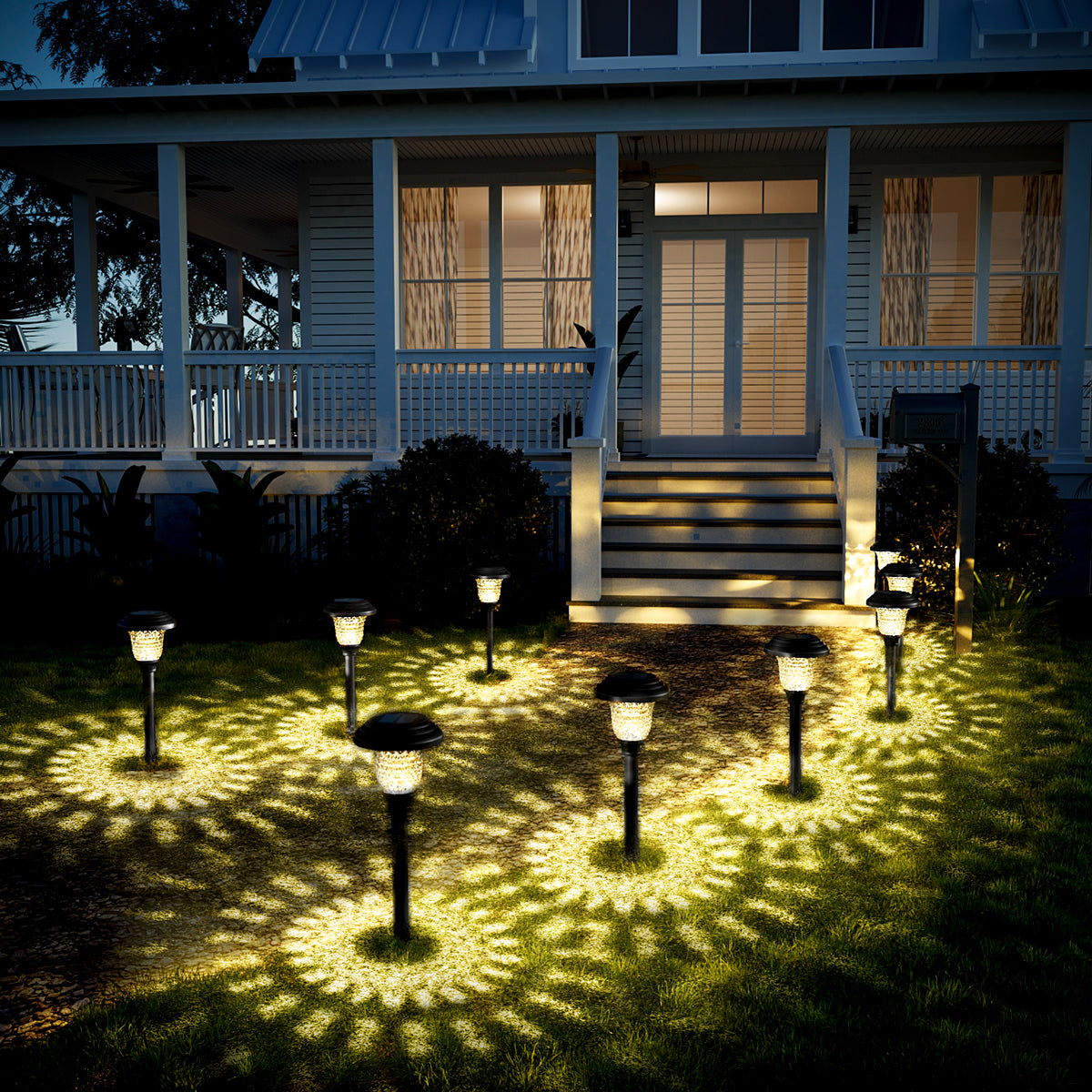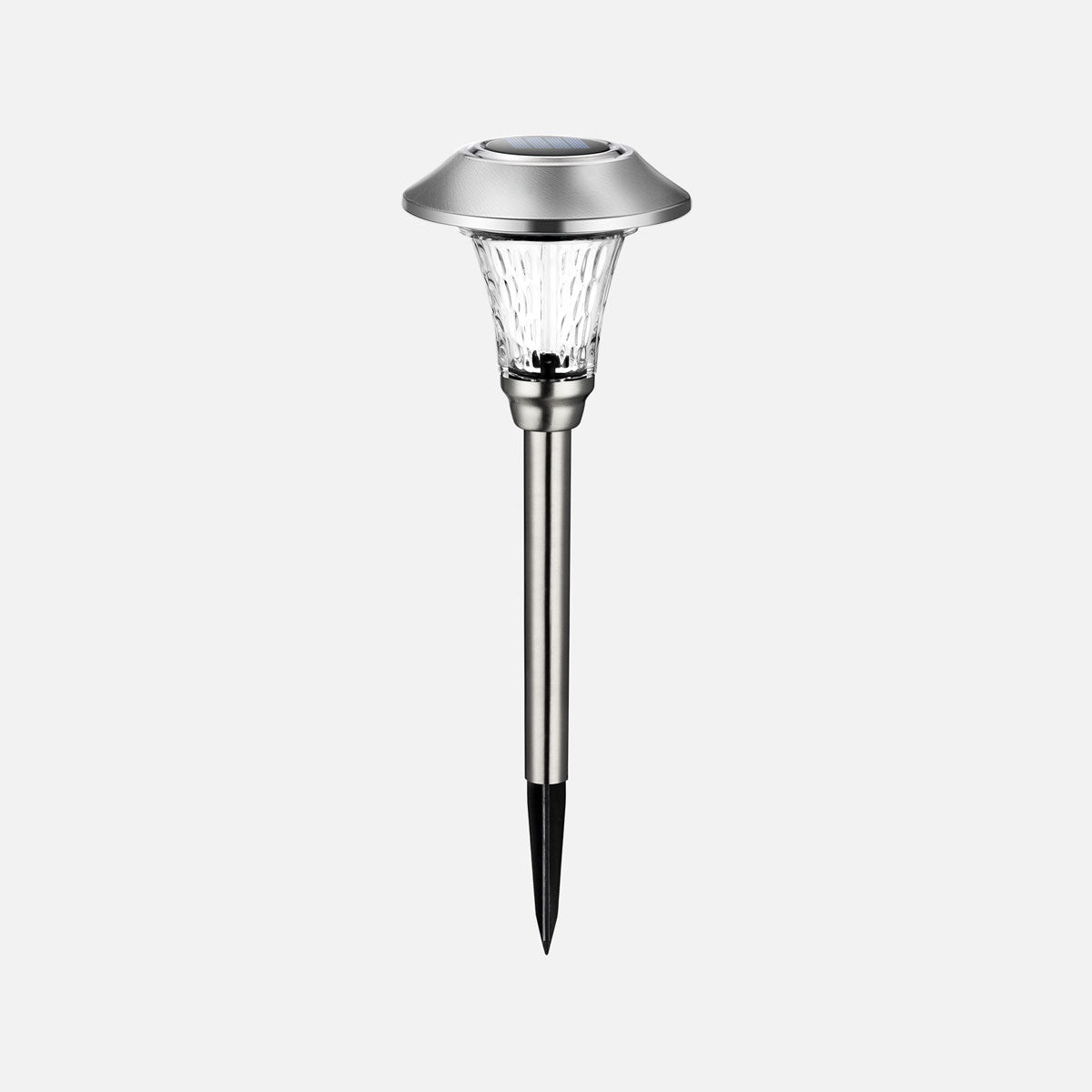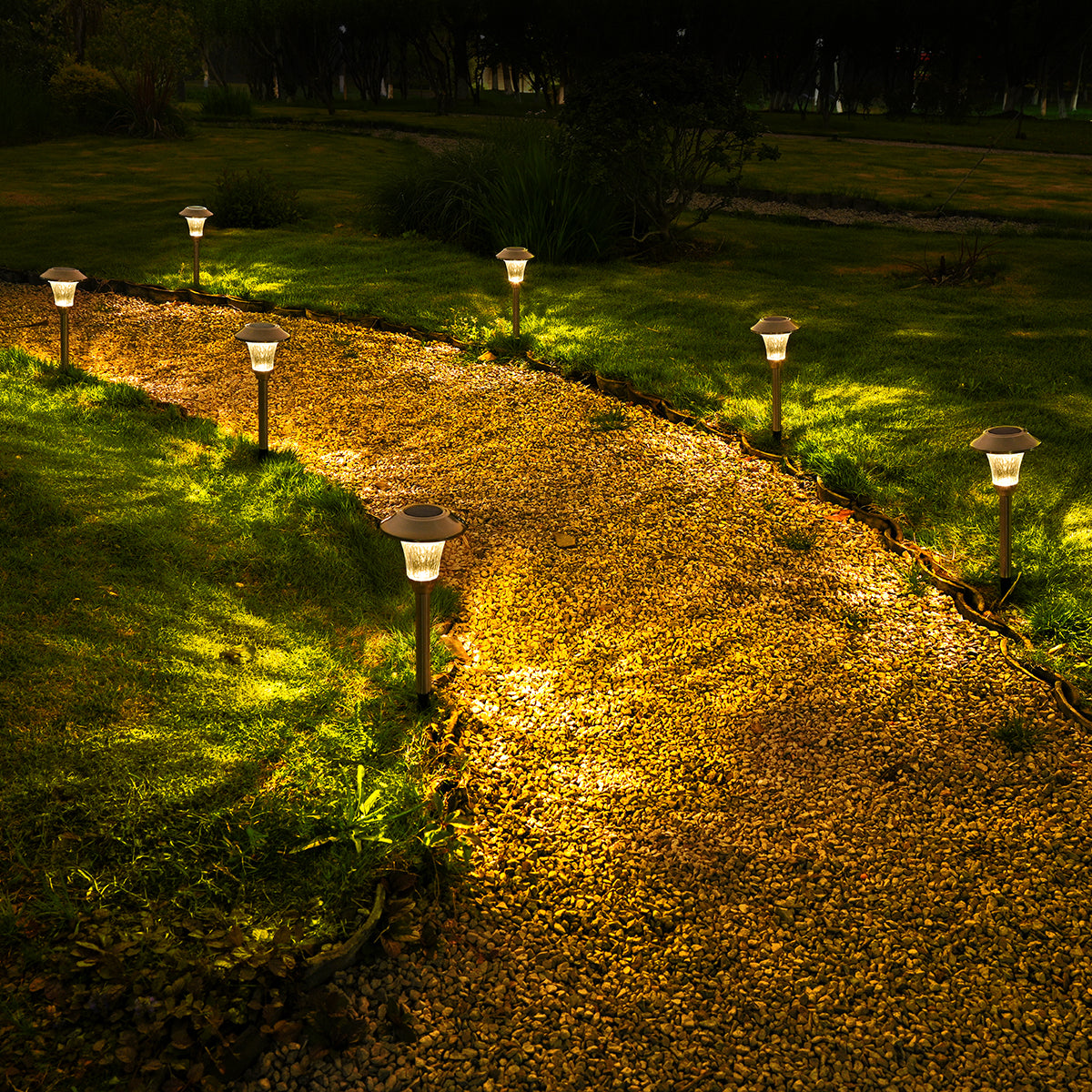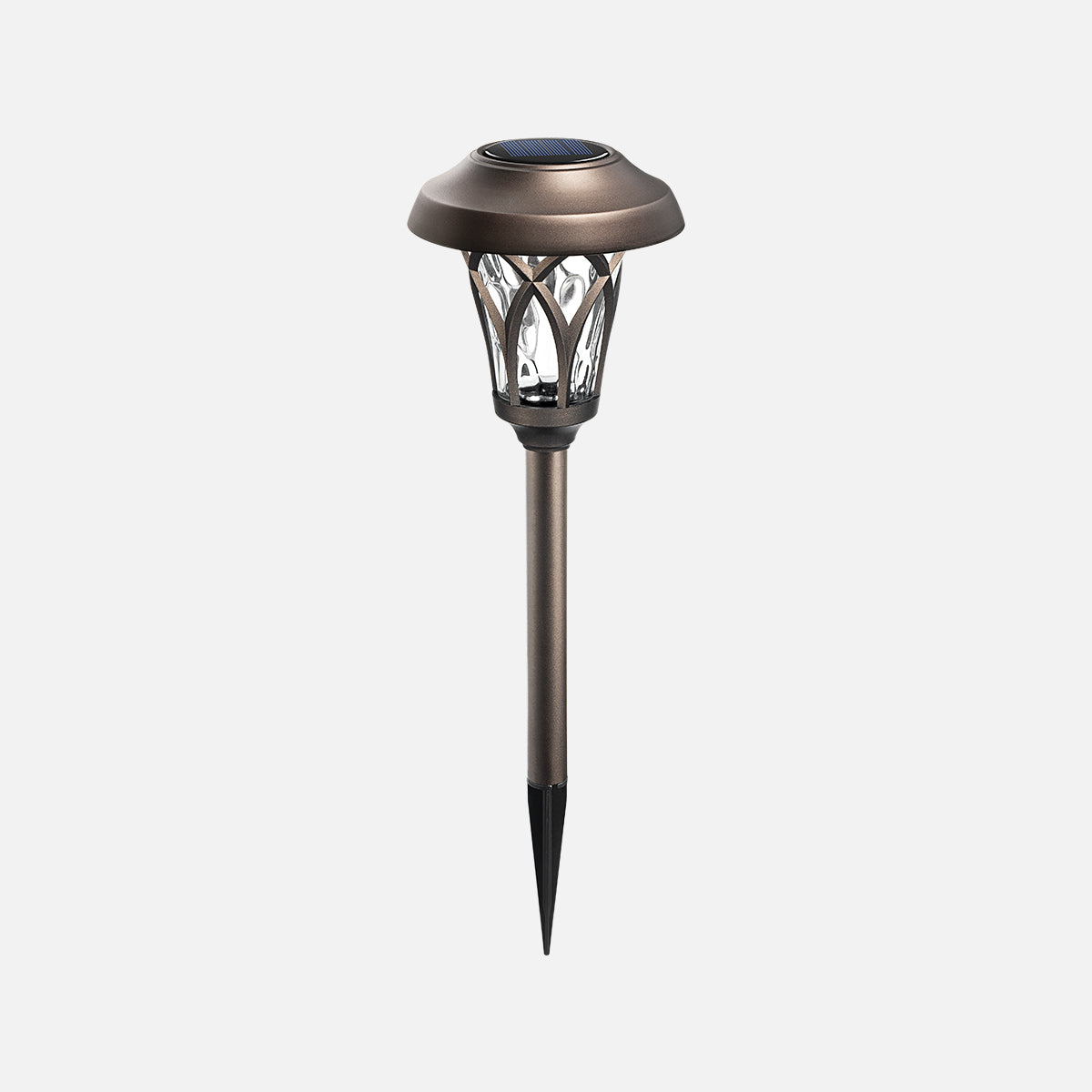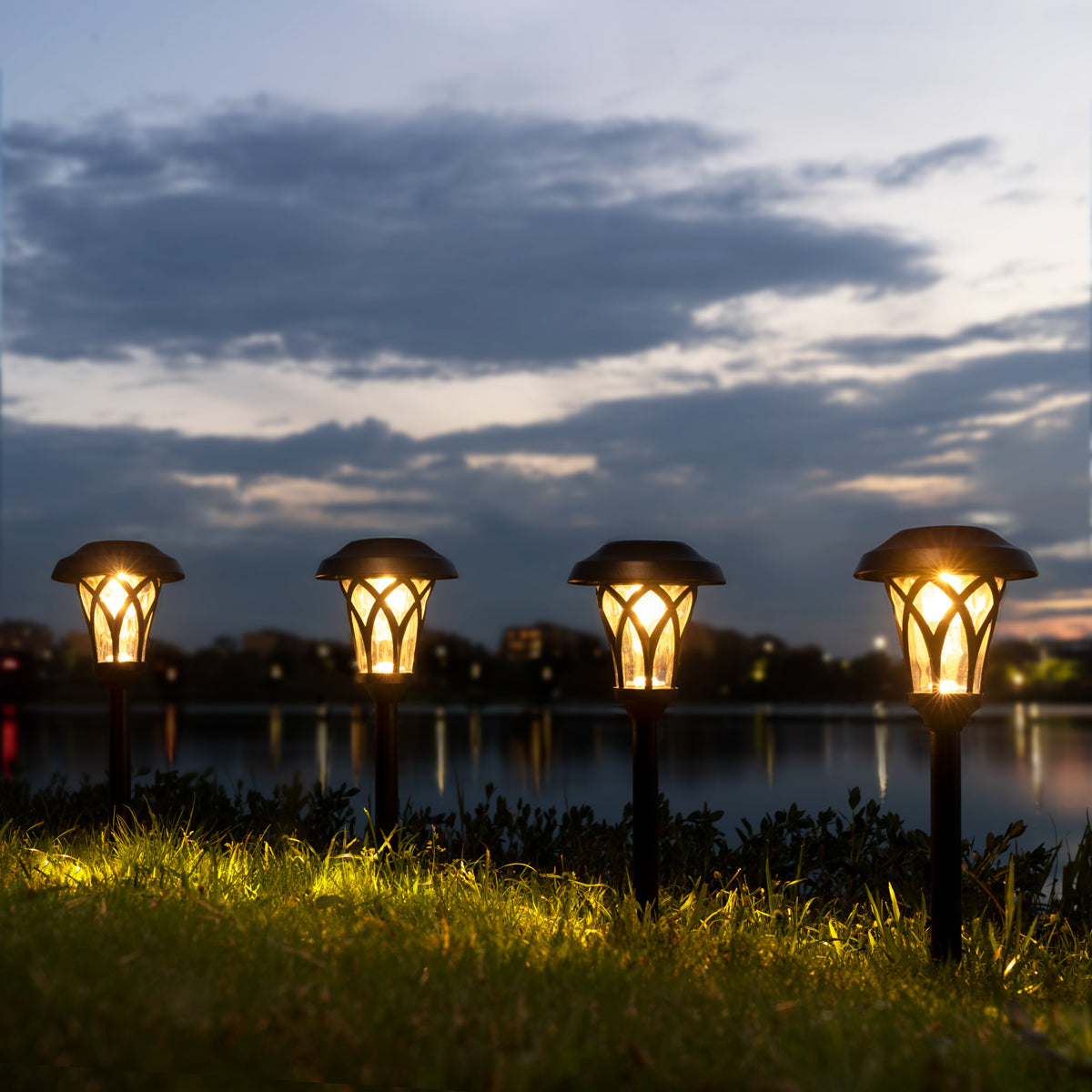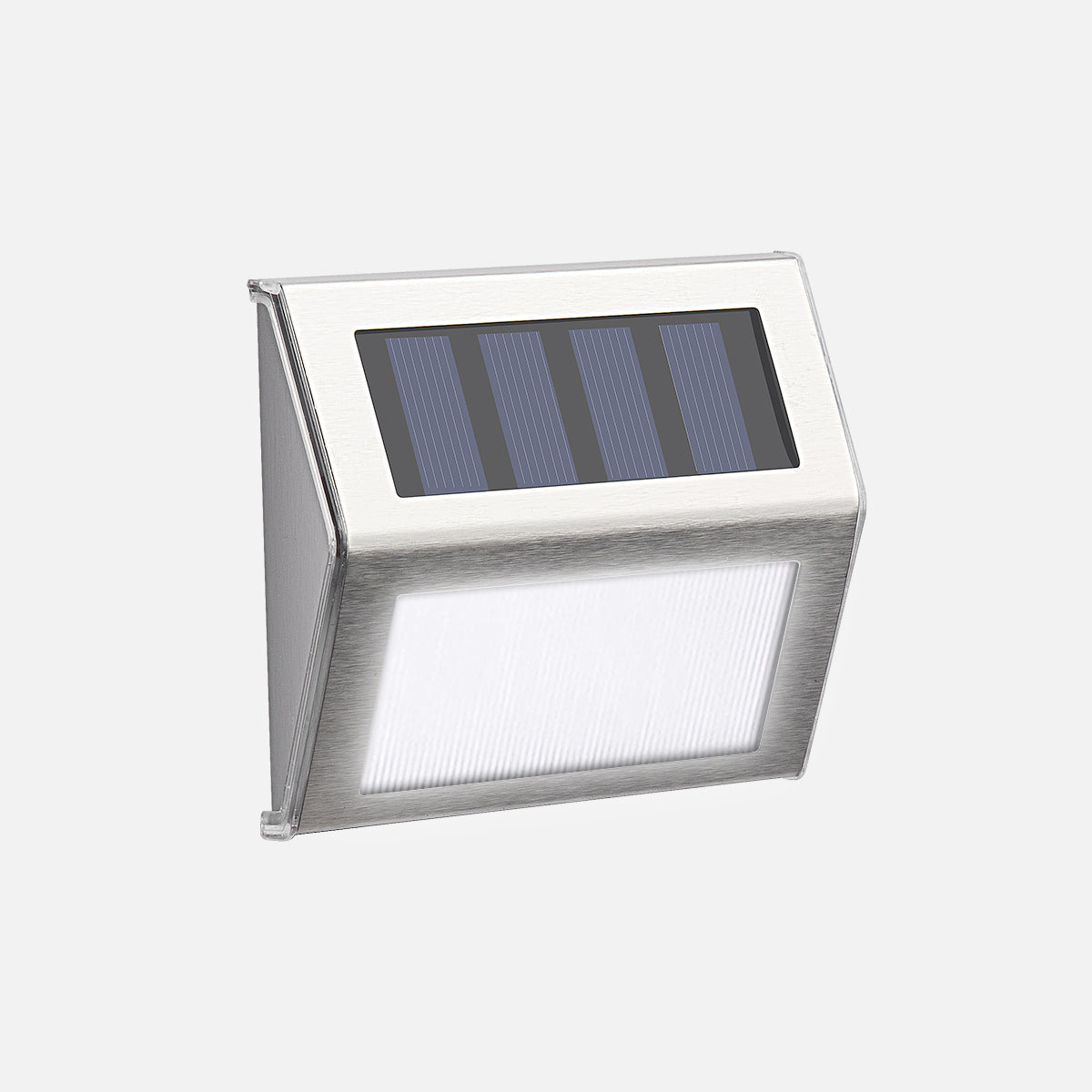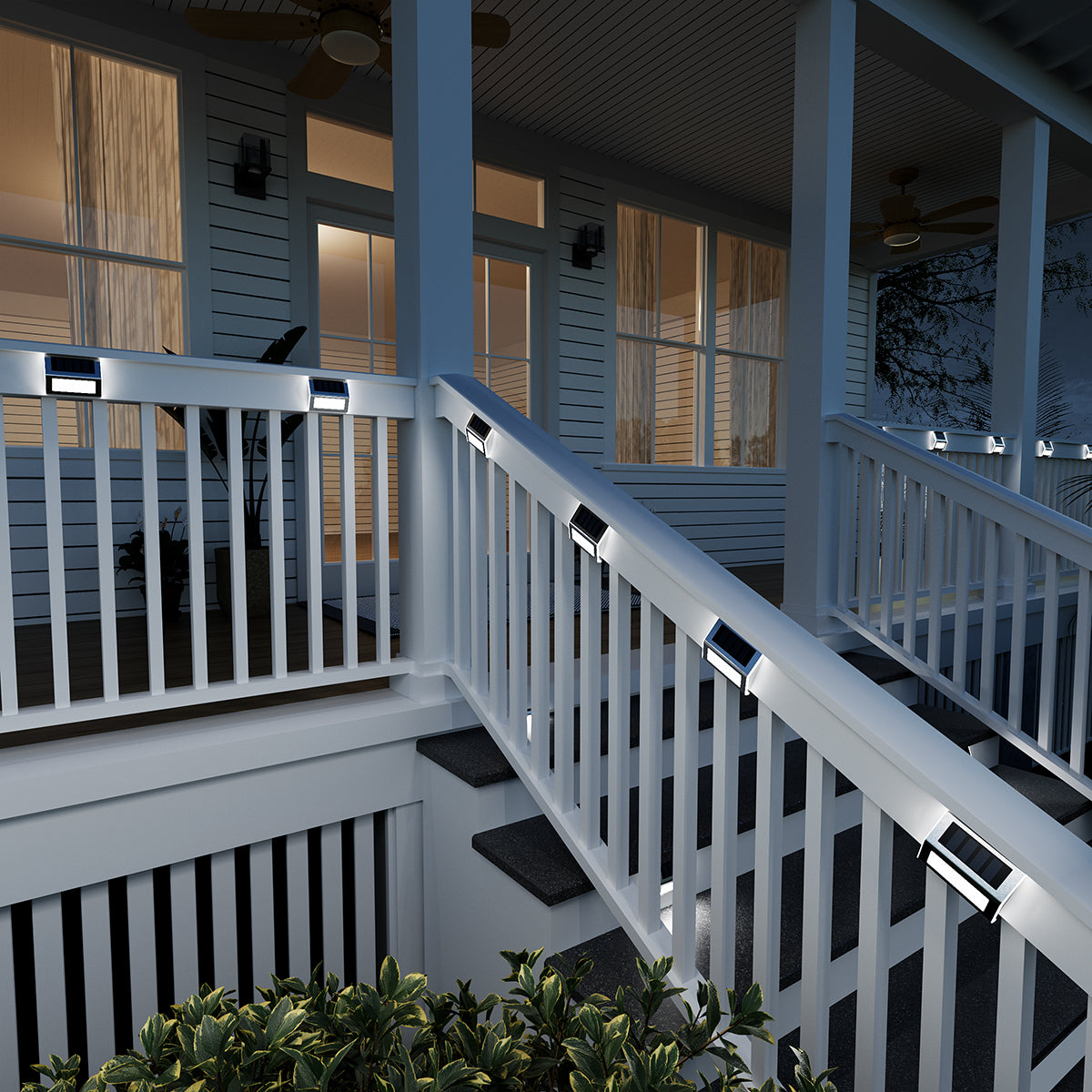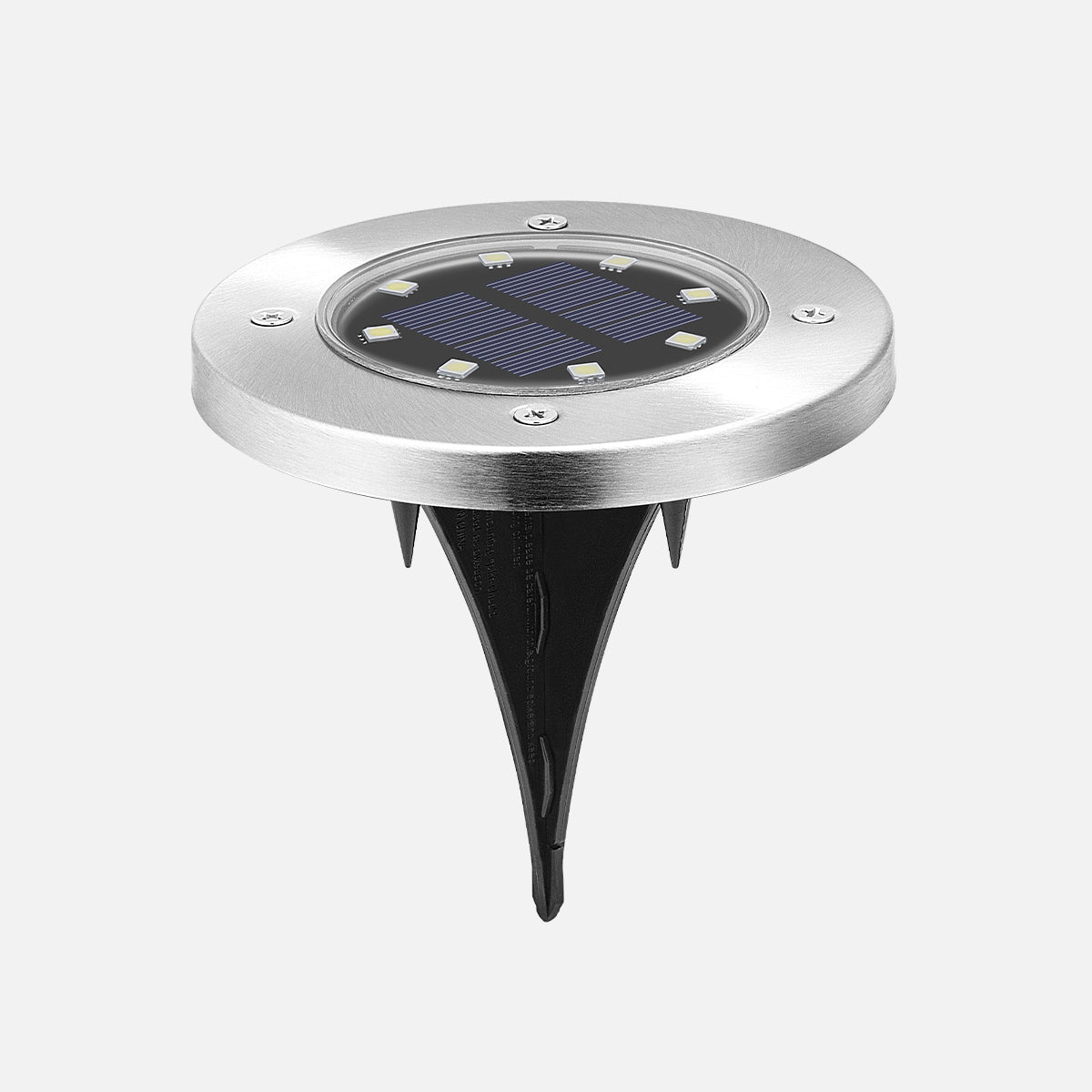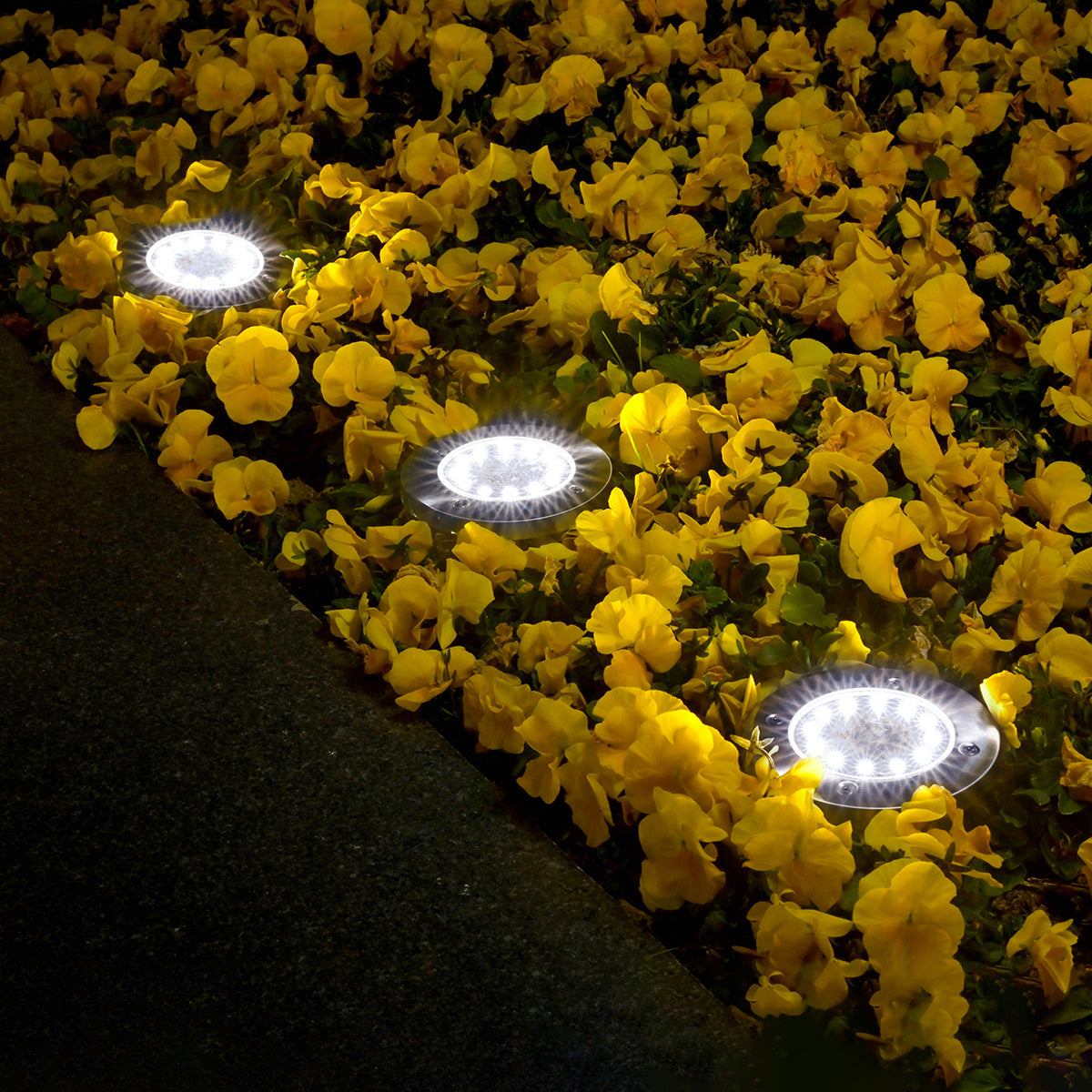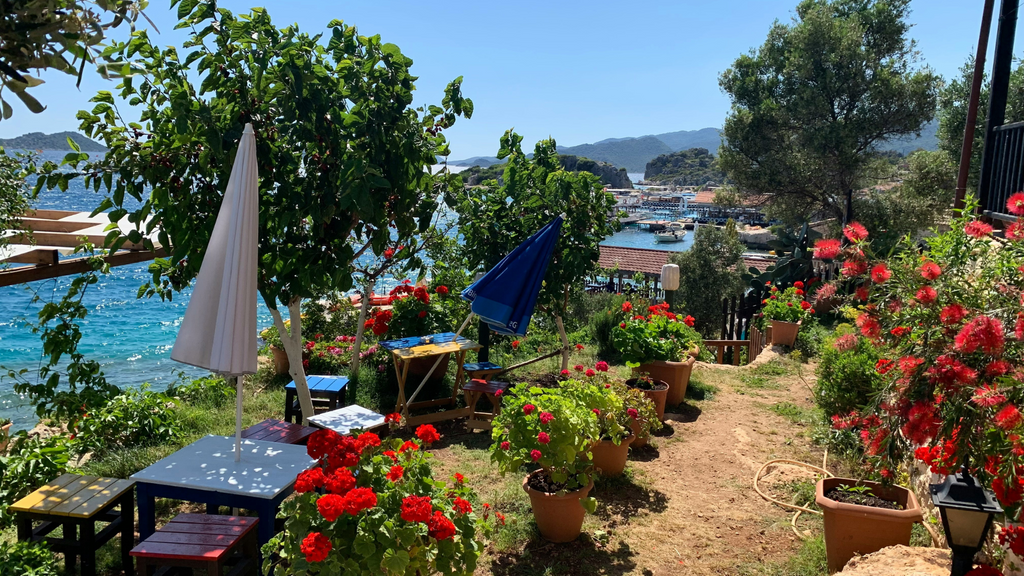
Impact of Weather Conditions on Solar Light Performance

Introduction:
As an experienced professor specializing in the solar light industry, I've had my fair share of encounters with the capriciousness of weather and its effects on solar technology. Outdoor solar lights, with their ease of installation and minimal operational costs, have become a staple in both urban and rural settings. However, their efficiency and longevity are significantly influenced by the weather conditions they endure. Through this article, I aim to share insights and personal anecdotes to help you navigate the impact of weather on your outdoor solar lights.
How Solar Lights Work
At the heart of a solar light is the photovoltaic (PV) cell, which converts sunlight into electricity. This energy is stored in batteries during the day and used to power the light after dark. The efficiency of this process depends heavily on the quality and duration of sunlight the solar panel receives, which can be significantly affected by weather conditions.
The Importance of Sunlight
My first encounter with the critical role of sunlight in solar light performance came when I installed a set of solar garden lights at my home. Despite following the installation instructions, the lights were dim and barely lasted a few hours into the night. It dawned on me that the nearby trees shaded the solar panels for a significant portion of the day. This experience taught me the importance of placing solar lights where they can receive unobstructed sunlight for the maximum time possible.

Seasonal Changes
The changing seasons bring variations in daylight hours and sun intensity, which directly impacts solar light charging. In summer, longer days and higher sun intensity lead to more efficient charging and longer light duration at night. Conversely, in winter, shorter days and lower sun intensity can result in less efficient charging. Positioning solar lights to maximize winter sun exposure can mitigate this issue to some extent.
Cloud Cover
Cloudy conditions pose a challenge by reducing the solar insolation — the amount of solar radiation reaching the ground. On overcast days, solar lights might not charge sufficiently, leading to diminished performance or even failure to turn on. Anecdotal evidence from my experimentation with solar lights in varying locations underscores the variability of solar light performance under different cloud cover conditions.
Rainfall and Humidity
Rainfall, while essential for life, can be a mixed blessing for solar lights. On one hand, rain can clean solar panels, potentially increasing their efficiency. On the other hand, excessive water exposure can damage the lights if they're not adequately waterproof. I recall an incident where a sudden, heavy downpour overwhelmed a set of inadequately sealed solar path lights in my garden, leading to irreversible damage. This experience emphasized the importance of considering waterproof ratings when selecting outdoor solar lights.

Temperature Extremes
Temperature extremes, both high and low, can adversely affect the battery life and efficiency of solar lights. High temperatures can lead to overheating, reducing battery efficiency and lifespan, while extreme cold can decrease the battery's ability to hold a charge. Investing in solar lights designed with materials that can withstand these temperature fluctuations is crucial, as I learned after losing a few lights to a particularly harsh winter. The experience taught me to check the temperature specifications of solar lights before making a purchase.
Wind and Physical Damage
High winds and storms can cause physical damage to solar lights, from dislodging them from their positions to breaking the solar panels. I once found my garden solar lights scattered about after a night of strong winds, some with broken panels. This incident highlighted the importance of securely installing solar lights and considering their design and durability against physical damage.
Best Practices for Optimal Performance
1. Choosing the Right Solar Lights
Select solar lights designed for the specific climatic conditions of your area. Look for high waterproof ratings for rainy regions, temperature tolerance for areas with extreme weather, and sturdy construction for windy locations.
2. Regular Maintenance
Keeping solar panels clean and free of debris is essential for optimal performance. A simple monthly cleaning routine can significantly enhance their efficiency.

3.Advanced Technology
Opt for solar lights equipped with advanced technologies like motion sensors or adjustable panels. These features can significantly improve performance and energy efficiency, especially in less-than-ideal weather conditions.
Conclusion
The journey of understanding and optimizing the performance of outdoor solar lights in various weather conditions is ongoing. The lessons learned from personal experiences and experiments have not only enriched my knowledge but also underscored the resilience and adaptability of solar lighting technology. By selecting the right products, positioning them optimally, and adhering to maintenance best practices, we can maximize the benefits of our outdoor solar lights, come rain or shine.
As we continue to innovate and improve solar lighting technology, the future looks bright for outdoor solar lights. Their ability to withstand the whims of weather while providing reliable, cost-effective lighting is a testament to the progress we've made and the exciting possibilities that lie ahead.




